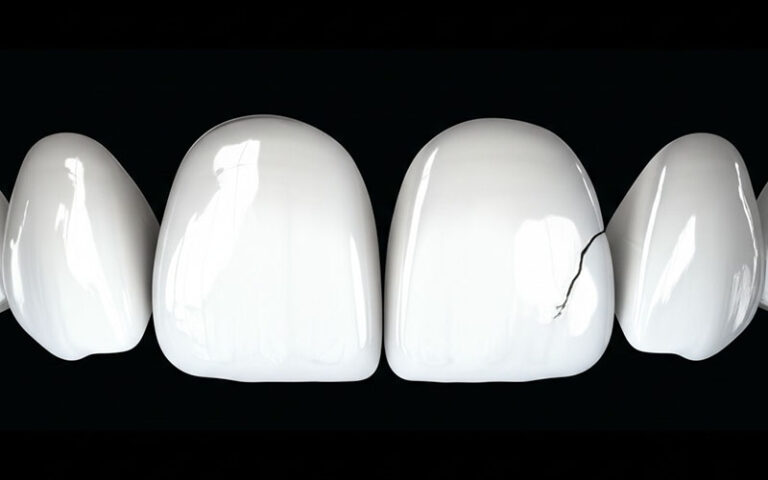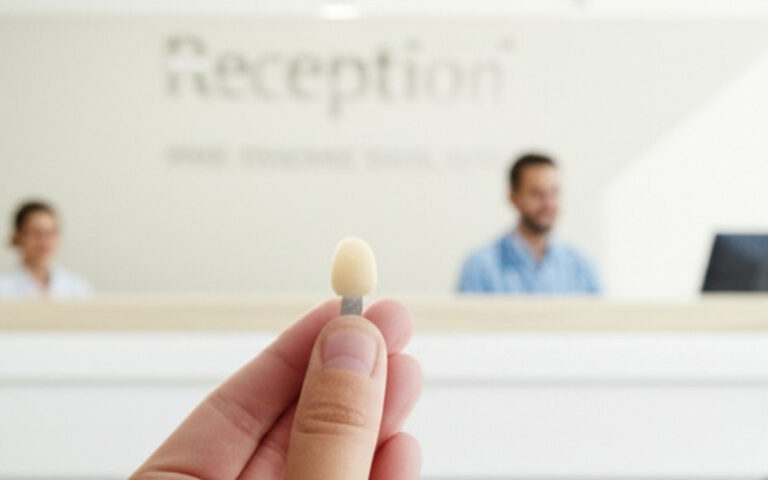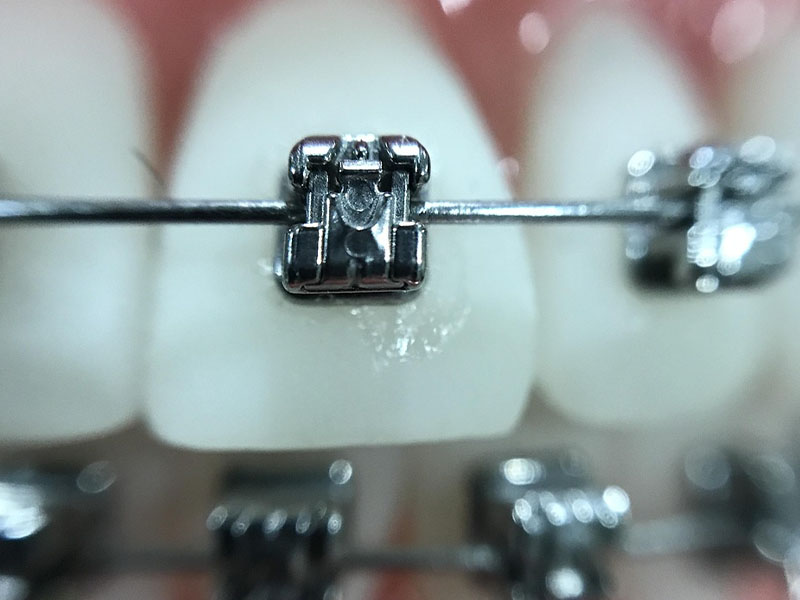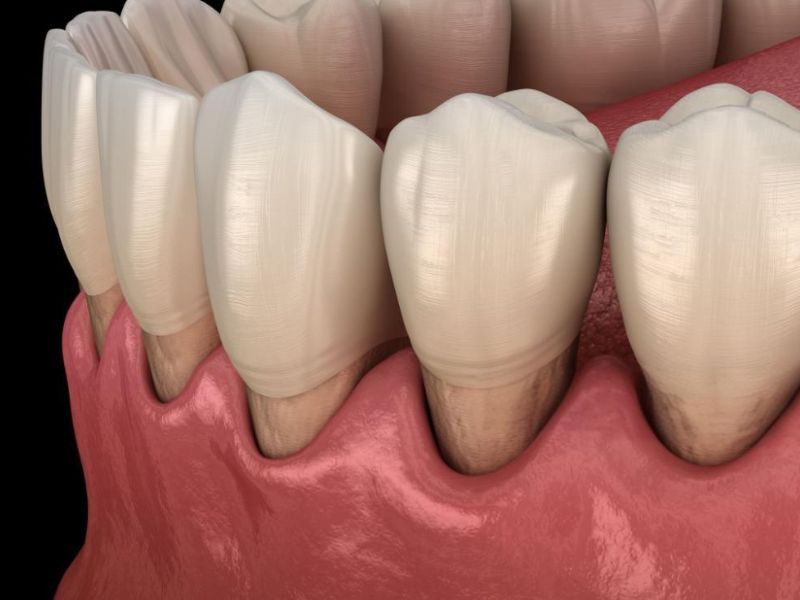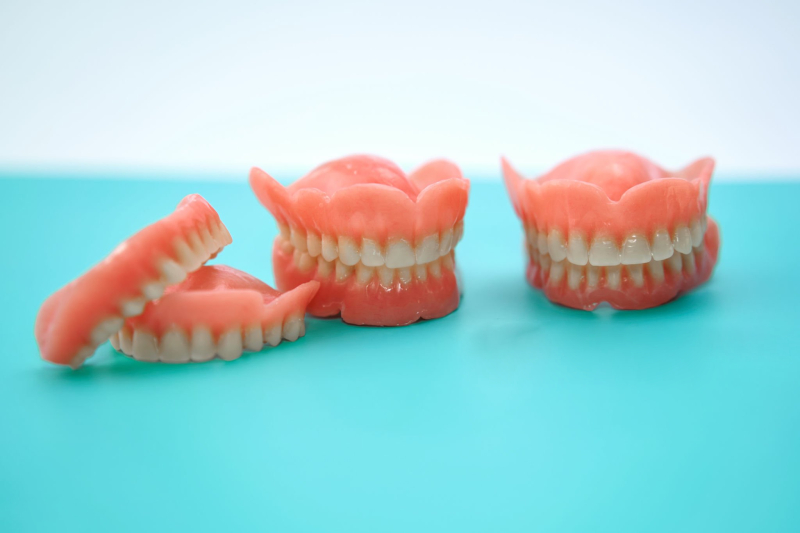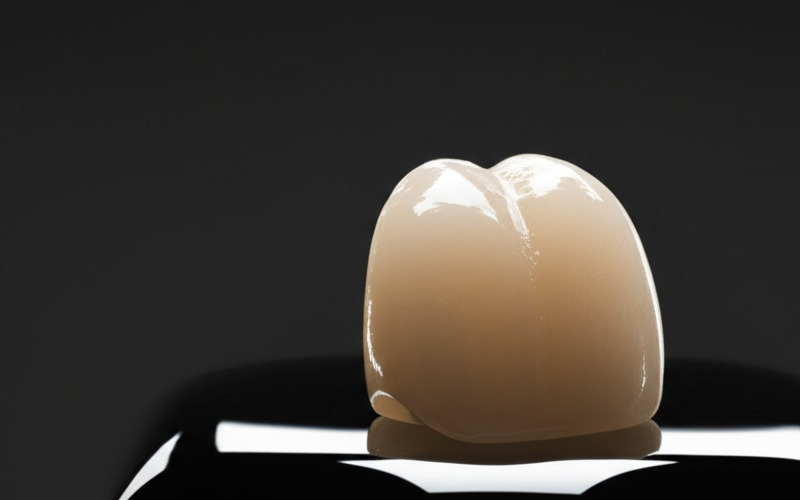
Advantages of Emax Dental Restorations: Why Pick Emax for Your Smile?
That “Wow!” Smile—Is There Really a Big Difference in Dental Crowns?
Picture this: You’re standing in front of a mirror, maybe running your tongue over a tooth you’ve had worked on, or just checking out your grin. You start to wonder—how come some dental work just looks so natural, while others are obvious (and sometimes in the worst way)? Or maybe your dentist has brought up “Emax crowns” and said they’re the best out there, and you’re thinking, “What’s so great about Emax? Is it really worth it?”
If these are the questions running through your mind, you’re not the only one. We all want our dental work to look natural, stay strong, and not bring on new health problems. Let’s break down exactly what Emax dental restorations are, in plain language and with your needs in mind. By the end, you’ll know exactly what questions to ask and how to choose what’s best for your teeth.
Table of Contents
What is Emax?
Emax (or IPS e.max) is a kind of white, glass-like material used for dental crowns, veneers, and more. The technical term is lithium disilicate glass-ceramic, but don’t worry about remembering that. Just know Emax is both tough and nice looking—which is exactly what people want for their dental work.
Where is Emax used? Dentists use Emax for:
- Crowns (caps for weak or broken teeth)
- Veneers (thin shields for front teeth)
- Inlays/onlays (for fixing big fillings)
- Small dental bridges
The cool thing? Emax lets dentists fix big problems without having to do as much drilling or use as much metal as they did with old-fashioned crowns.
How Does Emax Look So Much Like Real Teeth?
The Look: Why Do Emax Restorations Seem So Real?
Emax is a bit of a shape-shifter. It blends in with real teeth really well. Here’s why:
- See-Through Quality and Shine: Ever notice how real teeth catch the light, almost like they glow? Emax crowns and veneers let light go through and bounce off, just like your own enamel does. Older metal or basic porcelain crowns often look flat or give off a grayish shade especially near the gums.
- Color Matching: No two people have the exact same tooth color. Emax can be tinted in lots of shades and can be made to fit right in with your other teeth—even if you’re fixing just one tooth.
- No Dark Lines: Remember seeing a thin black line at the gum with some crowns? That’s from older crowns that use metal underneath. Emax is all ceramic—no metal. So, even if your gums pull back a little, there’s no shadow.
True Story:
Ever see someone with bright white veneers that look fake? Emax’s nearly see-through look and wider color choices help avoid the “plastic” look. People often say, after getting Emax, you can’t tell which tooth is the crown.
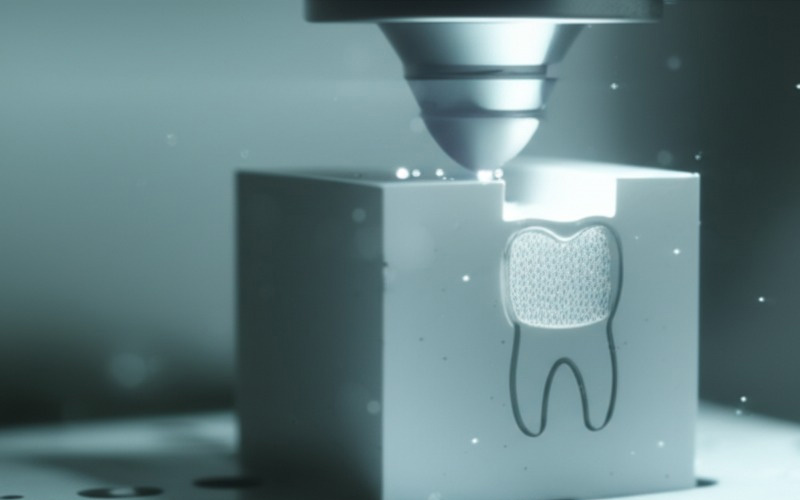
Emax Is Built to Last
Let’s be real—your teeth have a tough job. Biting apples, munching popcorn, chewing steak—or, admit it, opening a bag with your teeth. So you need something strong.
- Super Strong (400–500 MPa): That’s about five times stronger than regular porcelain! Emax crowns can handle lots of biting and chewing. They’re much less likely to break or chip.
- Hard to Wear Down: Emax crowns and veneers keep their shape over time. They don’t wear out quickly, even if you’re brushing and eating rough foods day after day.
- Proven to Last: Big studies show Emax restorations are still going strong after 5–10 years for over 90–95% of people. Most people are really happy with how they look and feel, too.
- Chips Are Rare: Some crowns chip easily. Emax’s chip rate is less than 5% after five years—much better than a lot of other types.
Think About It Like This:
Your Emax crown is a lot like the high-strength ceramics used on rockets—they need to make it through wild heat and stress. You get similar strength, but for your mouth!
Emax and Your Health: Safe and Friendly
Some people have trouble with metal in their mouths. It isn’t as rare as you might think—especially if you have sensitive gums. Emax gives many people a safer, gentler choice:
- Doesn’t Bother Gums: Emax doesn’t cause swelling or soreness. Studies haven’t found any cases of allergies or poison reactions.
- Great for Metal Allergies: If you can’t handle things like nickel, which shows up in older crowns, Emax is a safe bet.
- Smooth, Slippery Surface: Plaque and germs can’t stick well to Emax. You get less buildup, which keeps your gums and teeth roots happy.
- Helps Gum Health: Smooth edges mean your gums won’t get red or puffy or pull back as easily, which can happen with rougher crowns.
Fun Fact:
Lots of top dental schools now say Emax should be the first choice for anyone who has trouble with allergies in their mouth.
Keeping More of Your Own Tooth
Whenever you can, it’s best to keep as much of your real tooth as possible. Nature made your teeth tough for a reason!
What Makes Emax More Gentle?
- Less Drilling: Because Emax is strong, dentists can use it in thinner layers. That usually means less of your original tooth gets shaved down—the dentist often only needs to take off 1.0–1.5 mm, compared to the 1.5–2.0 mm or more needed for older metal crowns.
- Save Your Tooth: The less your dentist has to cut, the more of your own tooth you get to keep for years to come.
- Protects Inside of Tooth: Slimmer, better-fitting crowns are less likely to annoy the tooth’s nerve or make your teeth sensitive.
Example:
Lisa, age 35, had a big filling that cracked. Her dentist used Emax for a new crown and didn’t have to remove much of her good tooth. That made future dental work easier and less risky for Lisa.
Where Emax Works: Crowns, Veneers, and More
One cool thing about Emax? It isn’t just for crowns. Dentists can use it lots of different ways.
What Can Emax Do?
- Crowns:
Great for front teeth (where you want the best look) and back teeth (where you need the most strength). - Veneers:
Awesome for thin, natural-looking smile makeovers. Emax veneers can close gaps, hide stains, and fix chipped or uneven teeth. - Inlays/Onlays:
If you have a big cavity but don’t want a full crown, Emax can fill that spot and blend right in. - Short Bridges: Sometimes you can use Emax to fill one missing tooth if an implant isn’t an option.
Emax can:
- Be made thinner or thicker and still match your teeth.
- Work with techy CAD/CAM machines—so sometimes you can get a crown in just one appointment.
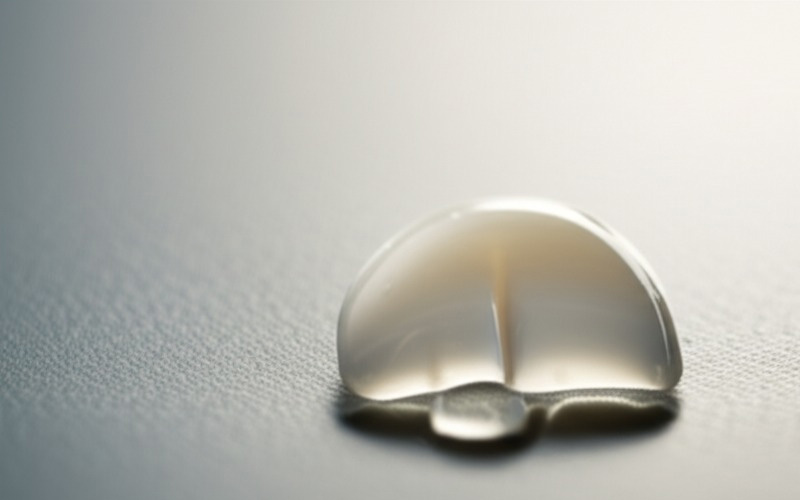
Emax Compared to Other Materials: What Makes It Special?
You might wonder, “How does Emax compare to the other stuff out there? Is it really better than zirconia or old metal crowns?”
Let’s make it simple:
Emax vs. Zirconia:
- Looks:
Emax almost always wins when you want a natural look, especially up front. Zirconia is catching up, but can still look a little chalky. - Strength:
Zirconia is stronger but can be rough on teeth it bites against. Emax is strong enough, but gentler, more like real teeth.
Emax vs. PFM (Porcelain-Fused-to-Metal):
- No Metal, No Shadows:
PFM crowns can show gray or black lines. Emax doesn’t. - Gentler on People:
Some people can’t handle metal in their mouth. That’s never a problem with Emax. - Less Drilling Needed:
Emax usually means less tooth is cut away.
Emax vs. Old Porcelain (“Feldspathic”):
- Stronger by Far:
Old-school porcelain is nice looking, but breaks easily. Emax is much less likely to crack or chip. - Lasts Longer:
Emax crowns are proven to last at least 10 years for most people.
In Short:
Every material has good uses, but Emax is often best for front teeth, works for most back teeth, and just looks great.
Who’s a Good Fit for Emax Restorations?
Emax isn’t the answer for every dental problem, but you should check it out if:
- You want dental work to blend in, not stand out.
- You have metal allergies or want to avoid metal.
- You want something that lasts and needs less drilling of your good tooth.
- You need one crown, a few veneers, an inlay/onlay, or a short bridge—not a whole row.
- You care about your gums staying healthy and want less plaque.
- You grind your teeth, but not super hard.
- You’ve had crowns chip, feel bad, or look weird in the past.
- You want a same-day crown and your dentist has the new machine.
Emax might not be for you if:
- You need a big bridge to cover several missing teeth.
- You grind your teeth really hard (super-strong zirconia might be better for heavy grinders).
It’s always best to ask your dentist what fits your needs.
What to Remember & What to Do Next
In a Nutshell:
- Emax is strong, natural looking, and safe for most people.
- You keep more of your own tooth and keep your gums healthy.
- It works for crowns, veneers, inlays, onlays, and short bridges.
- Studies show Emax crowns can last ten years or more and people are happy with them.
- Emax often lasts longer, looks better, and needs less tooth drilled than older types.
What should you do next?
- If you need a new crown, veneer, or have a crown that just isn’t working, ask about Emax.
- If you have allergies to metal or want to save your tooth, talk to your dentist about your concerns.
- Remember: The right choice depends on your teeth and mouth—there’s no one single answer for everyone.
The bottom line:
Bring your questions and do your homework before your appointment. Your teeth matter, and you deserve straight-talk from your dentist.
Common Questions About Emax Restorations
Q: How long do Emax crowns and veneers last?
A: Usually, Emax crowns last 10–15 years (sometimes longer if you take care of them). Emax veneers last about the same.
Q: Is Emax more expensive?
A: Emax might cost a bit more at first than basic metal crowns, but because it lasts longer and needs less fixing, it can save money in the long run.
Q: Can I use Emax for my back teeth?
A: Yes! Emax is strong enough for most molars. Just check with your dentist to be sure it’s right for your bite and your other teeth.
Q: Can you get a same-day crown with Emax?
A: Many dentists now have machines that let you get an Emax crown done in one visit.
Q: Will Emax crowns or veneers stain?
A: Emax is really good at not picking up stains—even from coffee, tea, or red wine.
Final Thought: A Smile That Really Works
Choosing Emax isn’t just picking a crown or veneer—it’s choosing something built to look right, feel good, and last for years. You’ll smile more, feel better biting into food, and know your teeth are in good shape inside and out.
Ready to move ahead? Book that appointment, ask about Emax, and bring this guide with you if you like! Making a smart, informed choice is the best step for you and your smile.
A dentist checked this article for accuracy. It’s based on research and practices from the American Dental Association (ADA) and dental journals. For advice about your own teeth, see your dentist or prosthodontist.
Sources available if you want them. For more on Emax research, look up the Journal of Prosthetic Dentistry or Dental Materials, or ask your dentist for info.

